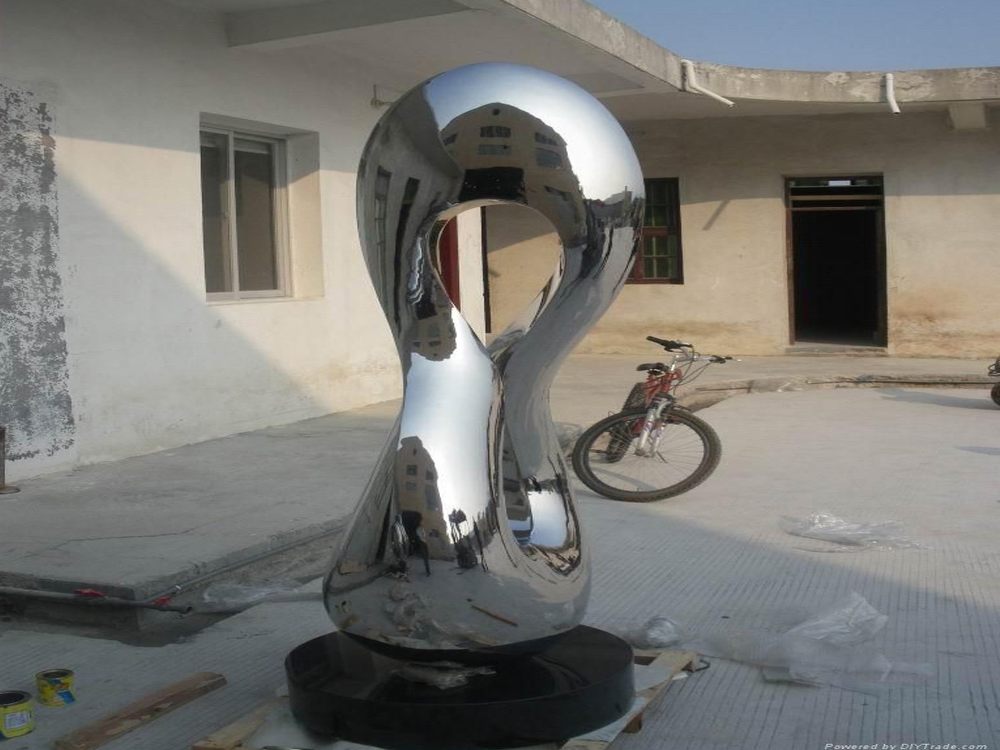
Stone sculpting is a physically demanding art form that requires precision and endurance. To maintain both artistic quality and long-term health, sculptors must prioritize ergonomic practices. Here are the most critical considerations:
1. Posture & Body Alignment: Maintain a neutral spine and avoid prolonged bending. Use adjustable workbenches to keep the stone at waist height, reducing strain on the back and shoulders.
2. Tool Selection & Grip: Choose tools with cushioned, non-slip handles to minimize hand fatigue. Alternate between tools to avoid repetitive stress on specific muscles.
3. Workspace Setup: Ensure proper lighting and ventilation. Keep frequently used tools within easy reach to prevent overextension. Anti-fatigue mats can reduce leg strain during long sessions.
4. Movement & Breaks: Take regular breaks to stretch and rest. Incorporate micro-movements to improve circulation and prevent stiffness.
5. Protective Gear: Wear gloves with vibration-dampening features and safety goggles to shield against flying debris.
By integrating these ergonomic principles, stone sculptors can enhance efficiency while safeguarding their physical well-being.

